Rewind 1990 Commerce of Love Stories
22 Jul, 2021 | Archival Reproductions by Cinemaazi
An amorphous, blurringly-defined institution like the Hindi film industry cannot exist in a vacuum. Ironically the commerce of Hindi Cinema had to take a beating during the year as collections dipped.
This is a sad state of affairs considering that things were really looking up in an industry where speculations were ripe about its very survival with its superstar Amitabh Bachchan shedding glow, continuing video piracy and emergence of an alternate mass media, television.
The trend for calf love, with fresh faces cast in the romantic lead, was set by Quayamat se quayamat tak, a couple of years ago.
The trend for calf love, with fresh faces cast in the romantic lead, was set by Quayamat se quayamat tak, a couple of years ago.Towards the fag-end of 1989, Rajshree's Maine Pyar Kiya continued the winning phase for young romance by proving to be the biggest blockbuster of the decade, having netted Rs. 20 crores all over India. It used the four-track sound system for the first time in Indian films and also made waves with the new pair, Salman Khan and Bhagyashree. The heroine left to marry and settle down while the hero went on a signing spree, in the footsteps of his predecessor, Aamir Khan. Soon, the hit-parade was followed into the 1990s with fresh faces, or young faces when Dil, Ghayal et al became blockbusters. The one common thread running through many a hit this year is that all these films marked the directorial debut for its directors. Maine Pyar Kiya was directed by Suraj Kumar Barjatya; Dil, a romantic young-love story has Indra Kumar as its director; Ghayal has Rajkumar Santoshi at its directorial helm and Pratibandh has been directed by Ravi Raja. Sunil Agnihotri, a new director made a small-budget film called Danga Fasaad with new faces. It did extraordinary business, specially in Bombay. U.A. Thadani, a leading exhibitor, says: "it did stupendous business mainly because that video cassettes of the film were not in the market for one week after the release of the film".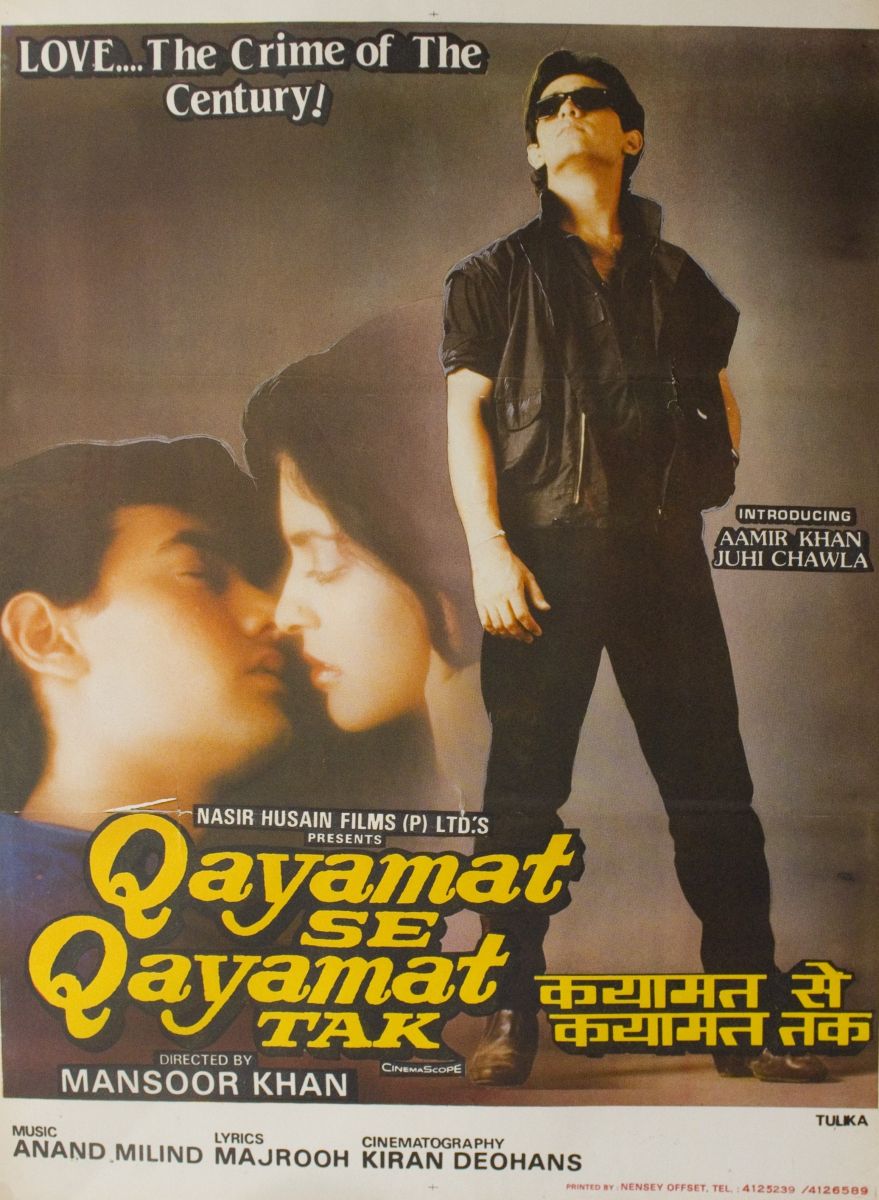
G.P. Sippy comments: "more and more films with new stars are being launched. This is because the production costs have gone very high and the returns are diminishing. Today, there is no average film. Either the films do good business, or flop and do not even bring in the cost of production in prints and publicity. It is precisely because of this - to cut down the cost that I have launched Patthar Ke Phool with Salman Khan and Raveena Tandon so that the film can be made with reasonable investment, be a good entertainer and also recover a reasonable profit."
But Sippy does not believe that the love-story phase will last because he foresees the factor of audience-resistance to the same theme after a particular threshold has been crossed, as it has happened in the case of violence and revenge. Despite the unprecedented success of Ghayal and Pratibandh, many films on violence have bombed at the box office.
"But there is one pacifying thought. From the tremendous growth in the audio-market, a producer can easily expect Rs. 20 to Rs. 30 lakhs from the audio rights itself if the music alone becomes a hit" says Sippy.
Disco and popular music seem to have gone out of fashion and catchy tunes have caught the fancy of film lovers. Tezaab, Chandni, Maine Pyar Kiya, Ram Lakhan, Dil and Aashiqui have proved that music makes a film a hit.
Sippy's statement reasserts the return of the era of lilting, melodious music with QSQT. Disco and popular music seem to have gone out of fashion and catchy tunes have caught the fancy of film lovers. Tezaab, Chandni, Maine Pyar Kiya, Ram Lakhan, Dil and Aashiqui have proved that music makes a film a hit. The music has actually enhanced the repeat-value of these films, setting the trend since 1988 and continuing to rule the roost into the 1990s. The audio cassettes of Aashiqui have surpassed all records in sales. The music of the film is being dubbed in 18 languages which is by itself a record. Film music has rehabilitated the careers of struggling music directors like Raam Lakshman and Nadeem Shravan and Anand-Milind.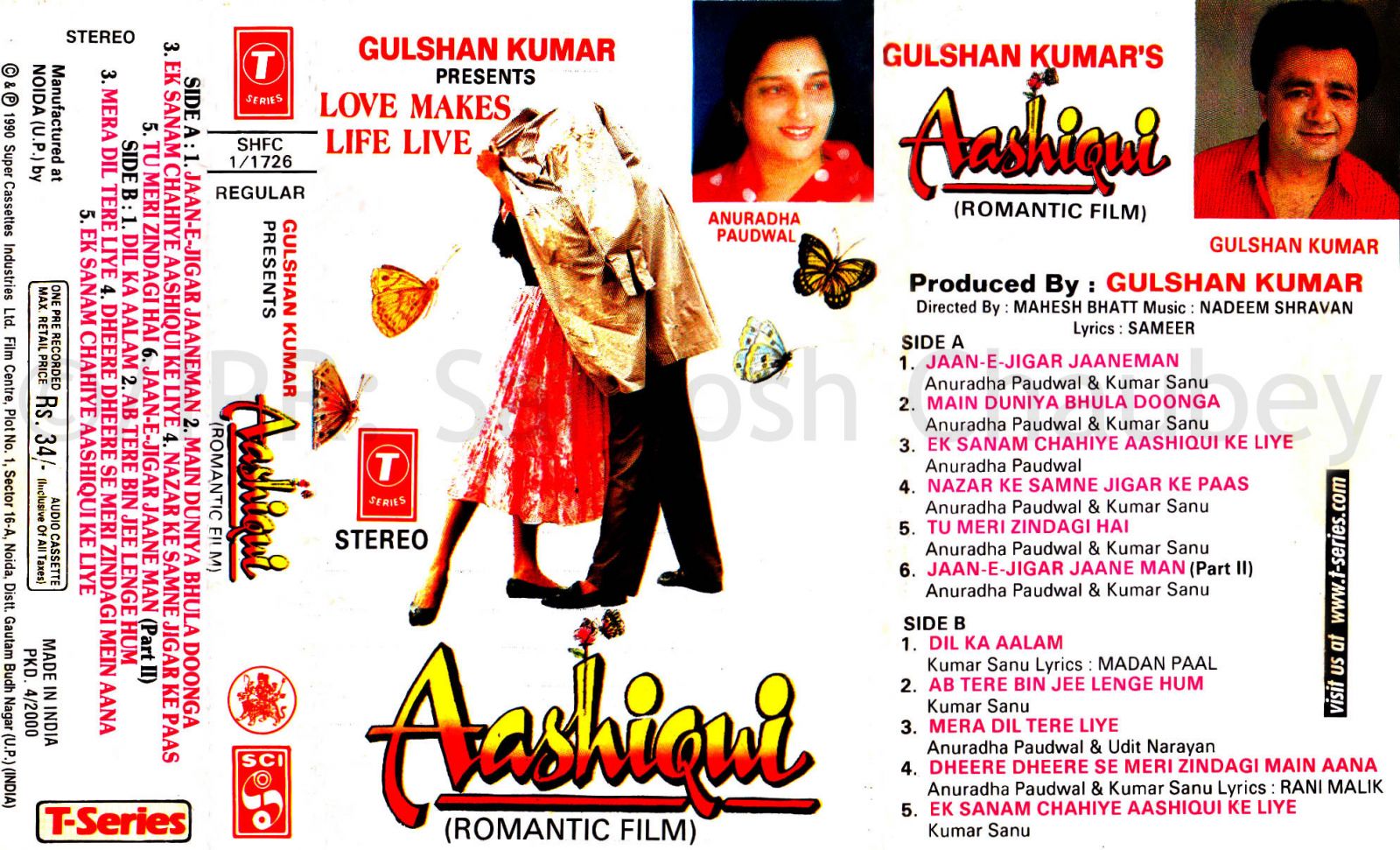
Technological innovation has come not only in the four-track sound system that necessitates the use of a wide, cinemascope screen, but also through the direct superimposing of images made possible with the same camera, according to technicians Hitendra Ghosh (sound) and Manmohan Singh (cinematography). But, "no technical value should be used as a gimmick" concludes Singh.
Looking at the grandeur of Maine Pyar Kiya, some theatre-owners have renovated their theatres by installing the four-track sound system at a time when exhibitors were thinking of bringing down the shutters.
What makes a film sell? "It is the film as a whole that runs, not the stars" says distributor Pahlaj Nihalani. "For example, before the release of Pratibandh, people thought Chiranjeevi will not be accepted by the Hindi audience. But the success of the film proved that it is not the stars who contribute to the success or the failure of a film but it is the film as a whole that succeeds or fails. Looking at the grandeur of Maine Pyar Kiya, some theatre-owners have renovated their theatres by installing the four-track sound system at a time when exhibitors were thinking of bringing down the shutters. Any Sunny Deol- starrer for Bombay alone fetches a net Rs. 30 lakhs. But for a new Sunny Deol film which has Shekhar Kapoor as director, the price has gone up to Rs. 50 lakhs which means that the director and the actor will determine the price of the film." This again means that the director is important as he decides the technical team and defines whether it will be lavishly mounted or modestly planned."Exhibitors have raised their rentals exorbitantly and this has affected the box office collections badly" says Gulshan Rai. "I feel that the distributors and the theatre owners should be allowed to deal directly with themselves instead of with a party charging brokerage" he concludes.
"But high rentals do not affect the box office value of a film if the film is really good" says Satpal Singh, a leading exhibitor. To substantiate his statement, he adds: "even when the ticket rates for Maine Pyar Kiya at Satyam in Bombay were hiked to Rs. 15/-, the film did good business and when NFDC's prize winning Panorama film Bagh Bahadur was released at tax-free ticket rates, there was no audience. People don't mind paying high ticket rates if the film is good."
U.A. Thadani, Pranlal Doshi and Russ Balaporia, leading exhibitors of Bombay, feel that video, cable TV and good TV programmes have taken their toll on the theatre collections. Besides, the electricity bills have gone up to Rs. 70,000 per month as against Rs. 30,000/- just a few years ago. And of the collections, say the exhibitors, they collect only 50 per cent and the remaining is taken away by the Government.
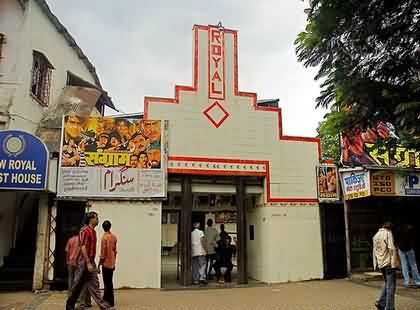
But the amount collected by way of entertainment tax by the Government of Maharastra spells a different story altogether. From its six districts, the State Government collected Rs. 64.52 crores in 1989-1990 of which Rs. 25.37 crores or 39.32 per cent came from Greater Bombay alone and the budgeted entertainment tax for the year 1990-91 is Rs. 70.16 crores. At the same time, there is no denying the fact that 69 cinemas have closed down in the State and a few handful have renovated their theatres and hiked their rates of admission.
"It is good and advance publicity that helps in the marketing of a film and helps in deciding its fate at the box office" says leading distributor Ramesh Sippy (not to be confused with director Ramesh Sippy). "Newspaper publicity is a must because it helps in building up a momentum and hits the mind of the audience" he adds.
"Publicity through trailers is also a good gimmick as these are audiovisual but since they are allowed release only a week before the actual release of the film, they do not help much. Radio publicity and previews should start at least two to three weeks before the film's release. Audio cassettes offer excellent publicity before the film's release. Take the example of Aashiqui. Today, a distributor can spend upto Rs. 5 lakhs just on the publicity of the film. After adding a song in Dil, we had to revive the publicity with "more money put in and it paid us right back" said Sippy.
Some of the new films which were to have been released but are being held back are - Farishtay, Ajooba, etc. Aaj Ke Shaenshah was also held back but has now been released. Producers I.A. Desai and Saleem Khan who decided to release Aaj Ke Sahenshah say: "there is no point in delaying the release of the film and further since our distributors are prepared to face the results."
"You will find a wide gap between the number of films made and the number of buyers available which means that the supply is more than the demand" say Desai and Ali. "They have become very choosy because of the dwindling returns and the flow of films in the market so they are after the best product. The presence of video and cable TV means the price of each film should be reasonably fixed in order to fetch a buyer" they conclude, adding that multistarrers still have a fair chance of doing well at the box office when compared to the box office expectations of small-budget films with a new cast, because they fetch buyers more easily than small-budget films.
"Studios have received a setback since bungalow-shooting became popular over the last ten years. Bungalows save time and money. And the single-shift system introduced last year (early this year?) has increased our margin of losses. Earlier, we suffered a loss of around Rs. 24 lakhs per year. Now it is much more" he says.
The picture among studio-owners is no less gloomy than elsewhere. Randhir Kapoor who is now looking after the of R.K. Studio, says: "Studios have received a setback since bungalow-shooting became popular over the last ten years. Bungalows save time and money. And the single-shift system introduced last year (early this year?) has increased our margin of losses. Earlier, we suffered a loss of around Rs. 24 lakhs per year. Now it is much more" he says.Tajdar Amrohi of Kamalistan Studios says: "one shift a day has reduced our business by 50 per cent. When there were three-four shifts a day, we had four to five bookings daily and now, the studios remain empty for at least 15 days a month." But Atmaram of Natraj Studios does not agree. "There has been no negative effect on the studio business because of the wide diversification of fields. We now have ad films and TV serials being shot in our studios and for lavish and large sets, directors still choose a studio." Tajdar adds that producers are now willing to compromise on the quality of a film by shooting in bungalows because today, the priority of money-making has over-ruled creativity. Most of the studio-owners today have inherited these studios from their parents and so, they keep the studios functioning more due to a feeling of family loyalty and homesickness than for making money.
Rajinder Singh, President of the Indian Film Exporters Association bemoans that the Gulf war and the unstable situation in the Middle East have brought down the earnings of the exporters of Indian films by 25 to 30 per cent.
The only bright silver lining is the 15 per cent hike in technicians' fees brought forth through a mutual compromise between the Film Makers' Combine and the Federation of Western Indian Cine Employees who luckily and surprisingly had Mithun Chakravarty pleading their cause!
The video market despite the piracy indulged in by the 15000 video libraries (which compulsorily have to buy the original cassettes of each film) and the home video distributors, has expanded to such an extent that the returns vary between Rs. 50 lakhs for an average film to over Rs. 1crore for a hit film. Video distributors are earning more than a crore on Amitabh starrers and some of them are making two different cassettes of the same film by adding or deleting a song sequence or a fight sequence. This has dealt a blow to the producers in the industry. They are forced to sell cable TV rights of their new films.
In this very funny industry where the hairdresser of a main star earns Rs. 10,000 per month and a technician after a hike of 15 per cent earns Rs. 230/- to Rs. 330/-, life can only be lived from moment to moment - in risk, in suspense, in drama, waiting for some miracle to happen at any time. And believe it or not, it does happen! Much like a Hindi film!
Statistics: (SCREEN TRADE INFORMATION)
The article was first published in the Indian Cinema 1990 issue. Images in the article have been taken from the Cinemaazi archive and the internet.
0 views



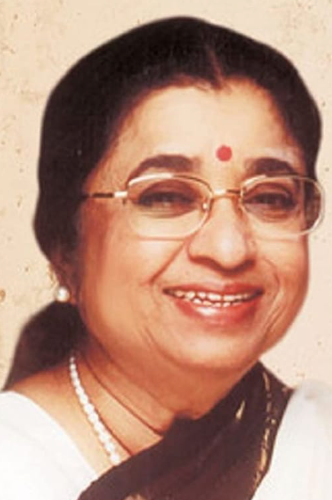

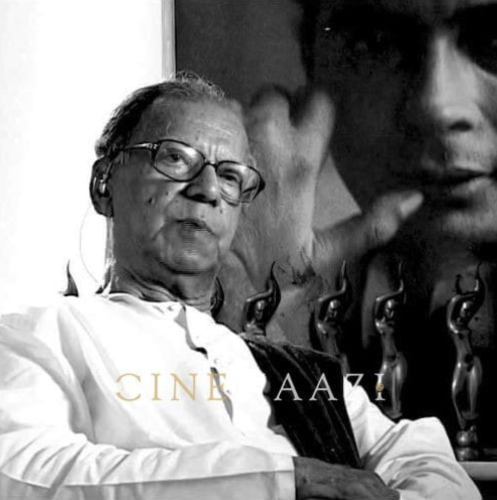
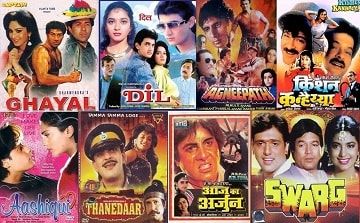
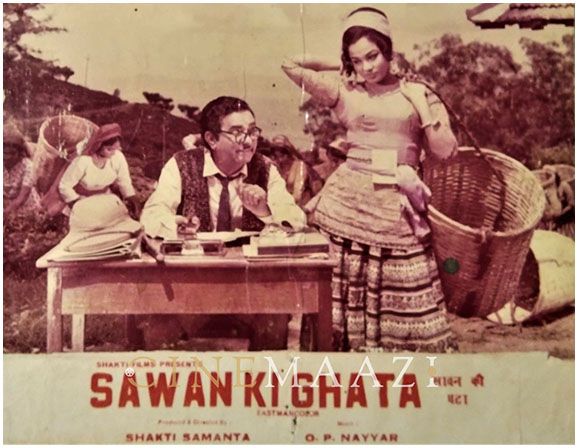
.jpg)


